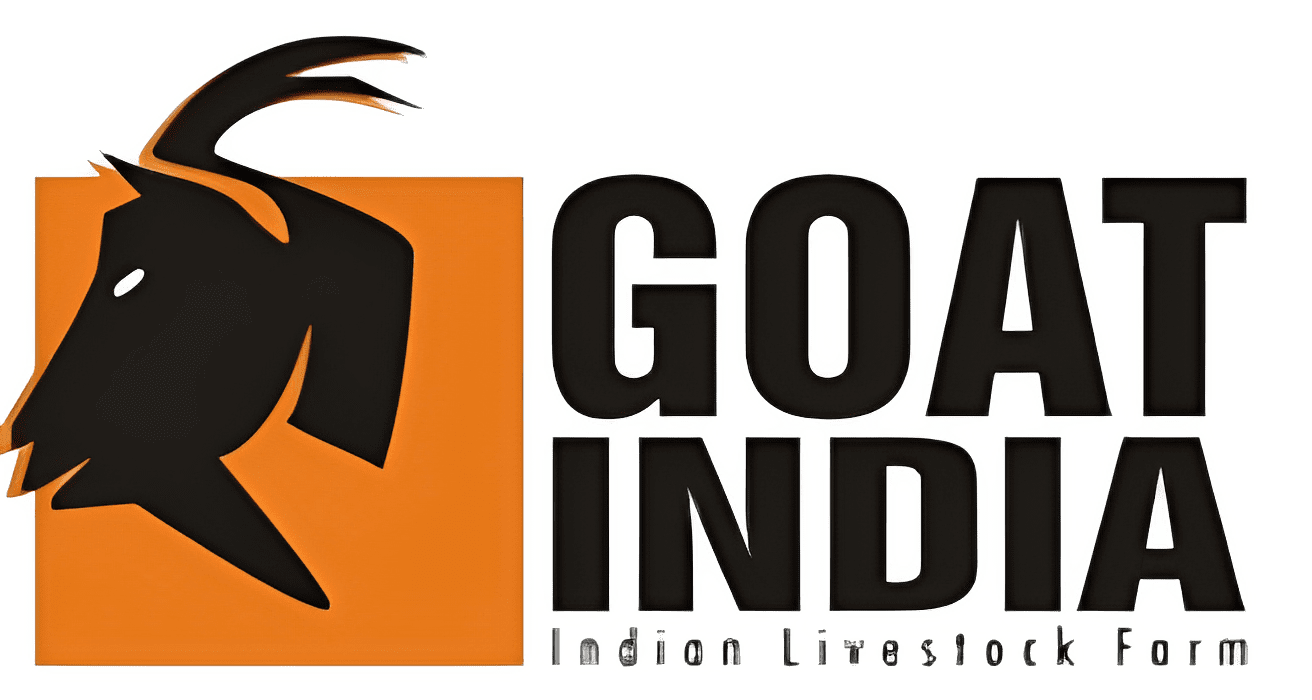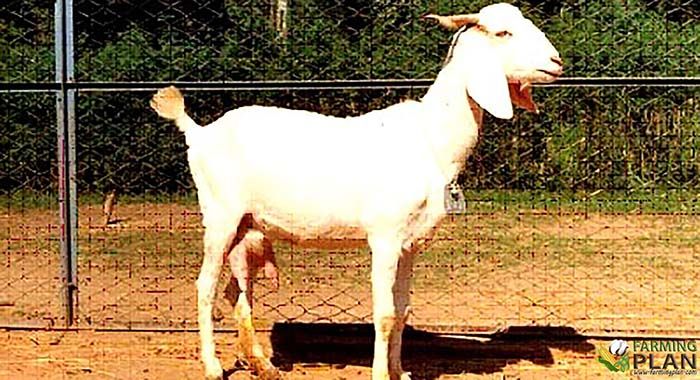Surti Goat Breed
Gujarat’s premier dairy goat breed known for exceptional milk production and remarkable adaptability to diverse climatic conditions across India
Surti Goat Key Statistics
Essential facts and figures about this valuable Gujarat dairy breed
Comprehensive Breed Guide
Detailed information organized by topic for easy navigation
Origin and Distribution
Surti goats originate from Surat city in Gujarat and are primarily found in Maharashtra, particularly around Surat, Baroda, and Nasik regions. This breed represents one of India’s most valuable dairy goat populations.
Primary Purpose
Bred specifically for high milk production, Surti goats are considered among India’s best dairy goat breeds. They adapt well to both stall-fed and extensive grazing management systems.
Herd Management
Typically maintained in groups of 4-15 animals, Surti goats are suitable for both small-scale family farming and commercial dairy operations with flexible management requirements.
Economic Importance
High milk yield combined with low maintenance costs make Surti goats economically attractive for dairy farming, especially in marginal areas with limited resources.
Breed Recognition
The Surti goat is recognized as a highly specialized dairy breed with relatively small population numbers, making it both valuable and requiring conservation efforts to maintain genetic diversity.
Body Structure
Surti goats have compact bodies ranging from small to medium size. Their short, glossy coat is predominantly white in color, giving them a distinctive appearance among Indian goat breeds.
Head and Ears
Characterized by high foreheads with slightly protruding profiles and drooping ears. These features are consistent markers for breed identification and adaptation to regional climate.
Horns
Both bucks and does commonly have horns of similar size that point straight up and backward. Horn presence is a typical characteristic of the breed.
Udder Characteristics
Does possess large, conical-shaped teats with well-developed udders suitable for high milk production, reflecting their dairy breed specialization.
Sexual Dimorphism
Interestingly, Surti does are typically larger than bucks, which is somewhat unusual among goat breeds. This size difference may relate to their specialized dairy breeding and selection for milk production traits.
Housing Requirements
Surti goats thrive in warm, dry, and clean environments. Raised housing systems built off the ground are recommended for better hygiene and disease prevention.
Ventilation Systems
Adequate ventilation with sufficient fresh air circulation and natural light is essential. Housing should be designed for easy cleaning and maintenance.
Feeding Strategy
Balanced diet including both grains and green fodder is crucial. As a dairy breed, Surti goats require higher vegetable content in their diet for optimal milk production.
Health Management
Regular veterinary consultations, timely deworming, and vaccination schedules are essential. Their robust nature makes them relatively easy to manage compared to other breeds.
Management Flexibility
One of Surti goats’ greatest advantages is their adaptability to both stall-fed intensive systems and extensive grazing management, providing farmers with flexible production options based on available resources and market demands.
Water Requirements
Ensure continuous access to clean, fresh water. Adequate hydration is particularly important for lactating does to maintain milk production levels.
Nutritional Supplements
Mineral supplementation may be necessary depending on local soil conditions. Consult with regional veterinary experts for area-specific nutritional recommendations.
Milk Yield Performance
Under stall-fed conditions with supplementary nutrition, Surti does produce 2.0-2.25 liters of milk daily. Under grazing systems, production averages around 1.2 kg daily.
Reproductive Performance
Known for high fecundity with multiple births not uncommon. Average kidding age is 400-500 days, allowing for good reproductive efficiency in commercial operations.
Kid Production
Multiple births contribute to rapid herd expansion potential. Their capacity to produce healthy offspring through multiple births benefits farmers seeking to multiply their herds.
Adaptation Benefits
Exceptional climate adaptability allows consistent production across diverse environmental conditions, from hot humid areas to semi-arid regions.
Production Advantages
Surti goats represent an excellent choice for small-scale Indian farmers due to their ability to thrive on marginal forage, low water requirements, and cost-effective maintenance while delivering substantial milk yields.
| Production System | Daily Milk Yield | Feed Requirements | Management Intensity |
|---|---|---|---|
| Intensive Stall-Fed | 2.0-2.25 liters | Concentrated feed + green fodder | High |
| Semi-Intensive | 1.5-2.0 liters | Partial grazing + supplements | Medium |
| Extensive Grazing | 1.2 kg (1.2 liters) | Natural pasture + minimal supplements | Low |
Essential Farming Knowledge
Practical techniques for successful Surti goat farming operations
Feeding Best Practices
Provide balanced nutrition with emphasis on green fodder for optimal milk production. Include leguminous feed and ensure adequate mineral supplementation. Fresh, clean water should be available continuously, especially for lactating does.
Housing Design
Construct raised housing systems off the ground with proper drainage. Ensure adequate ventilation while protecting from harsh weather. Design for easy cleaning and maintenance with separate areas for different animal categories.
Health Monitoring
Implement regular health check-ups with qualified veterinarians. Maintain vaccination schedules and deworming programs. Monitor for common diseases and maintain biosecurity measures to prevent disease transmission.
Regional Performance Comparison
Surti goat performance across different management systems and regions
| Characteristic | Surti | Barbari | Beetal | Jamunapari |
|---|---|---|---|---|
| Origin State | Gujarat | Uttar Pradesh | Punjab | Uttar Pradesh |
| Average Doe Weight | 32 kg | 25-30 kg | 45-50 kg | 50-60 kg |
| Daily Milk (Stall-Fed) | 2.0-2.25 L | 1.5-2.0 L | 2.5-3.0 L | 3.5-4.0 L |
| Primary Use | Milk production | Dual purpose | Milk production | Milk production |
| Climate Adaptation | Hot humid & semi-arid | Semi-arid | Subtropical | Semi-arid |
| Special Features | High fecundity, adaptability | Disease resistance | High milk yield | Large body size |
Start Your Surti Goat Journey
Discover the potential of Gujarat’s premier dairy goat breed with expert guidance and comprehensive resources for successful farming


